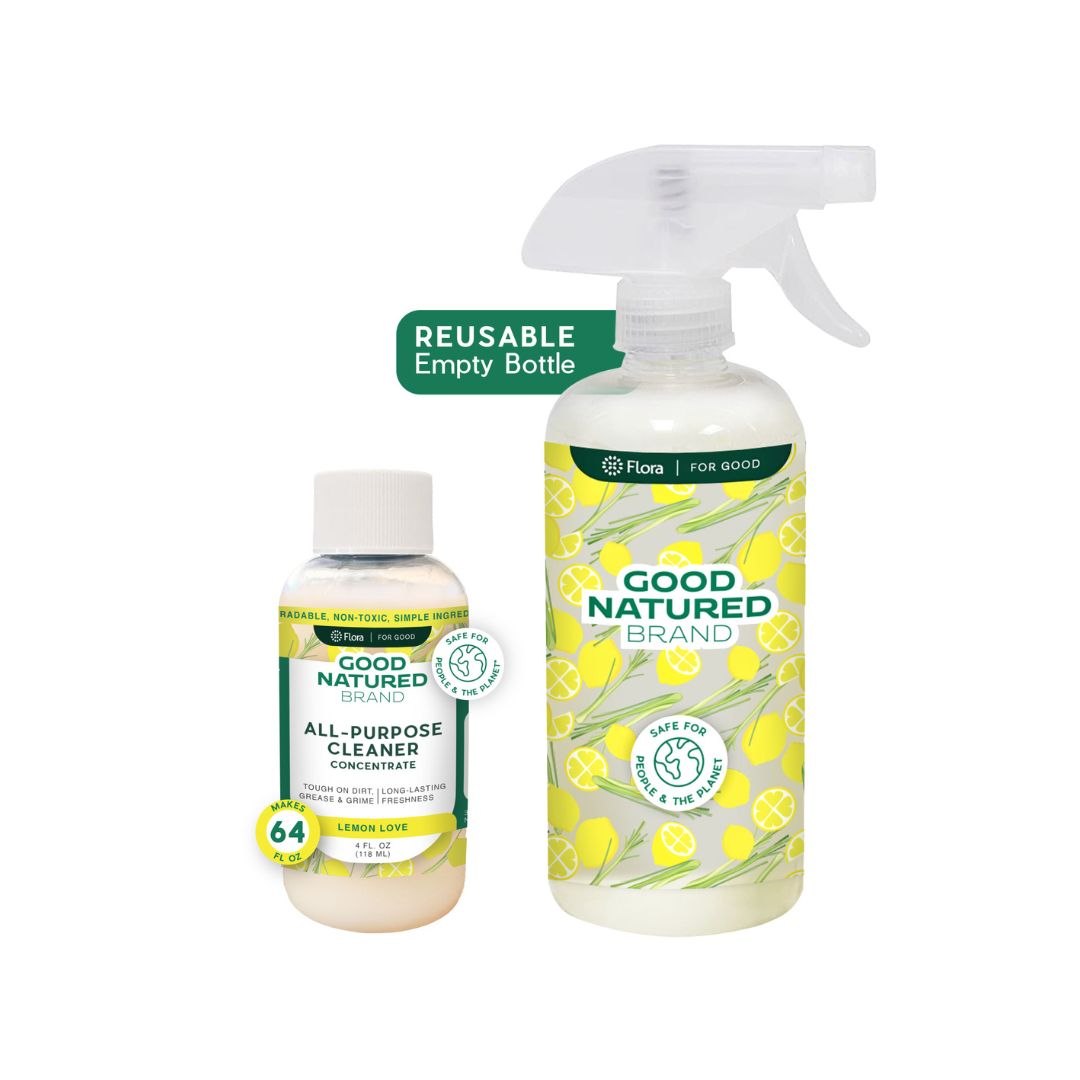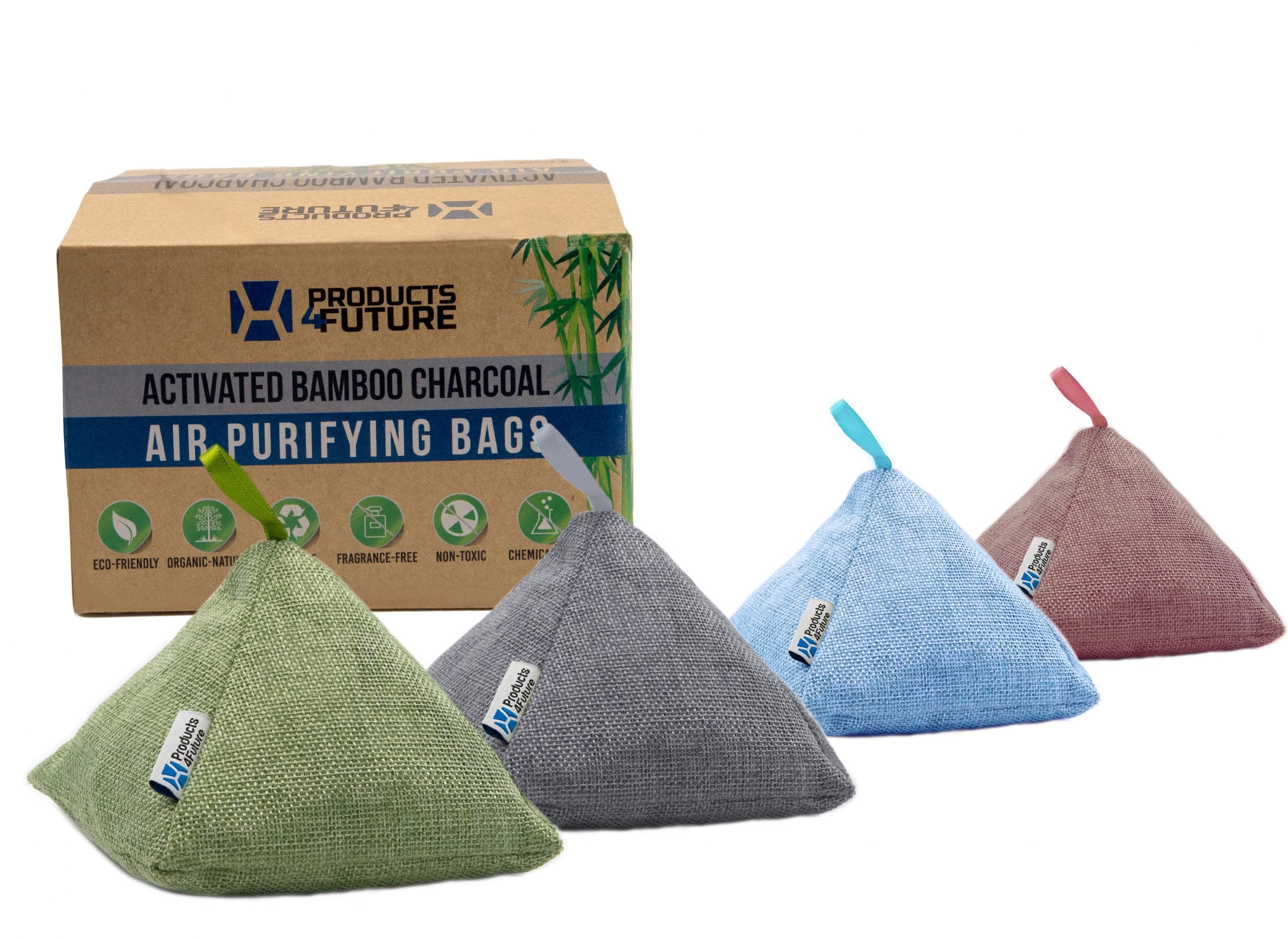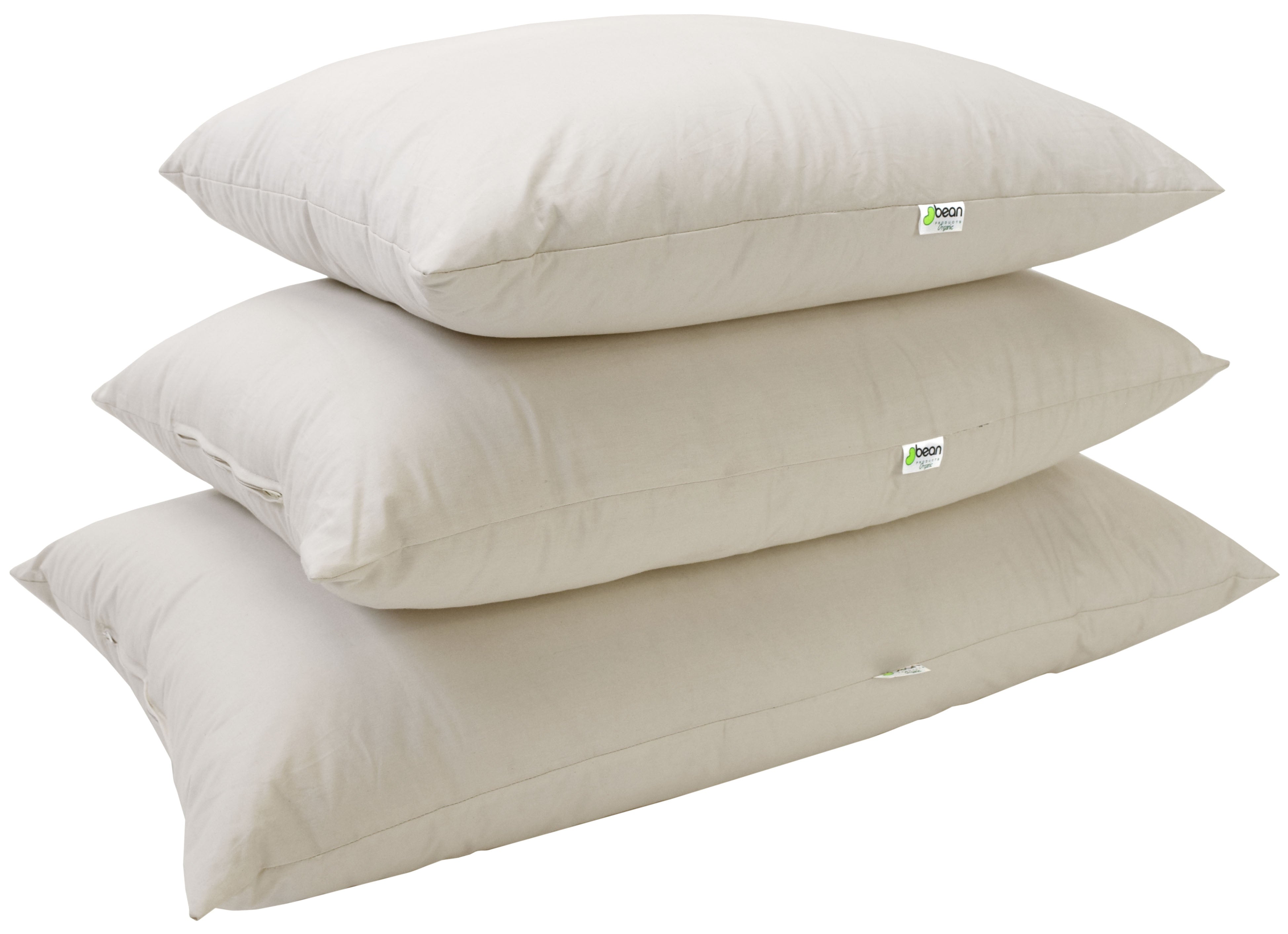Home & Garden
Indoor Air Quality in Winter: 8 Best Plants for a Healthier Home
October 23, 2024
Yarkın Tepe
6 min

Winter brings a unique set of challenges to maintaining good indoor air quality. As we seal our homes against the cold, we often trap pollutants and toxins inside, which can lead to various health issues. However, incorporating plants into our indoor environments can be a natural and effective solution to enhance air purification and ensure a healthier home during the colder months.
Understanding Indoor Air Quality in Winter
-
Decreased Ventilation: In winter, reduced ventilation can increase the concentration of indoor pollutants. Heating systems and lack of fresh air contribute to poorer indoor air quality.
-
Common Indoor Pollutants: These include volatile organic compounds (VOCs), carbon monoxide, dust mites, and mold spores, which can stem from everyday household activities.
How Plants Can Improve Indoor Air Quality
-
Natural Air Purifiers: Plants absorb CO2 and release oxygen through photosynthesis, but they can also absorb toxic pollutants, such as benzene, formaldehyde, and trichloroethylene.
-
Humidity Regulators: By releasing water vapor during transpiration, plants help maintain the natural humidity levels, which is crucial in dry winter months.
The Importance of Choosing the Right Plants
-
Specific Benefits: Not all plants are equally effective in absorbing pollutants or improving indoor air quality. Selecting the right plants, such as those identified in NASA's Guide to Air-Purifying Plants, is crucial for maximizing benefits.
-
Placement and Care: Effective placement and proper care of plants are key to enhancing their air purifying effect. Ensure they receive adequate light and are well-maintained.
To further explore the concept of eco-friendly living and how it can contribute to a healthier lifestyle, particularly in maintaining a sustainable home, consider reading more on Flora's blog category on Eco-Friendly Home & Garden. This resource provides additional insights into adopting green practices that complement the use of indoor plants for air purification.
Top Plants for Enhancing Indoor Air Quality in Winter
During winter, certain plants can significantly improve your home's indoor air quality by removing toxins and increasing oxygen levels. Here’s a detailed look at some of the best plants for a healthier indoor environment during the colder months.
1. Spider Plant (Chlorophytum comosum)
-
Benefits in Air Purification: Effective at removing carbon monoxide and other toxins, making it an excellent choice for home air purification.
-
Care Tips and Placement in Home: Thrives in indirect sunlight and requires moderate watering, making it low maintenance.
2. Snake Plant (Sansevieria trifasciata)
-
Oxygen Production and Pollutants Removal: Known for its ability to release oxygen at night, the Snake Plant removes benzene, formaldehyde, trichloroethylene, and xylene.
-
Optimal Conditions for Growth: Prefers dry conditions and does not require frequent watering, which is perfect for winter.
3. Peace Lily (Spathiphyllum)
-
Humidity Control and Mold Spore Removal: Increases humidity levels and reduces mold spores in the air.
-
Light and Watering Requirements: Best in shady or medium light, requiring consistent moisture without overwatering.
4. Bamboo Palm (Chamaedorea seifrizii)
-
Benefits for Removing Benzene and Formaldehyde: Adds a tropical feel while filtering harmful chemicals.
-
Care and Maintenance Tips: Keep the soil moist but well-drained, and place in indirect light.
5. Aloe Vera
-
Formaldehyde and Benzene Removal: Besides its health benefits for skin, Aloe Vera is excellent for purifying air of formaldehyde and benzene.
-
Care Tips for Aloe Vera in Winter: Requires minimal watering and thrives in sunny conditions.
6. English Ivy (Hedera helix)
-
Reduction of Airborne Mold and Fecal Particles: Particularly good at absorbing mold in the air.
-
Ideal Growing Conditions: Prefers cool temperatures and moderate exposure to sunlight.
7. Gerbera Daisy (Gerbera jamesonii)
-
Removing Trichloroethylene and Improving Sleep Quality: Bright and cheerful, this plant is effective at removing trichloroethylene.
-
Light and Soil Preferences: Needs well-drained soil and a lot of light.
8. Philodendron
-
VOCs Absorption Abilities: Particularly effective at absorbing high levels of formaldehyde.
-
Tips for Philodendron Care in Winter: Thrives in moderate, indirect light and moderate watering.
FAQs
-
What are the best plants for improving indoor air quality?
-
Focus on plants like Spider Plants, Snake Plants, and Peace Lilies for their strong air-purifying abilities.
-
-
How do plants help to purify air?
-
Plants absorb pollutants through their leaves and roots, the microorganisms in the soil also play a significant role in neutralizing toxic substances.
-
-
How many plants do I need to effectively improve air quality?
-
Generally, having one large plant every 100 square feet can significantly improve air quality.
-
-
Can plants really improve health during winter?
-
Yes, by enhancing air quality and humidity levels, plants help reduce the risk of respiratory problems and skin dryness during winter.
-
Conclusion and Additional Tips for Maintaining Indoor Plants in Winter
In conclusion, integrating indoor plants into your home environment during winter not only enhances the aesthetic value but also significantly improves air quality. For those new to indoor gardening, it might be useful to check out Flora's blog on Sustainable Home Practices, which offers great tips on maintaining a green home.
Remember, while plants are a natural way to improve air quality, they are most effective when combined with regular ventilation and other air purifying techniques. Explore more about maintaining healthy indoor air from the American Lung Association.
By choosing the right plants and caring for them properly, you can enjoy a healthier, more pleasant home environment throughout the winter months.
Weekly Deals
See All ProductsOur Earth-Friendly Favorites
Most Popular
Explore and shop the most popular products. Updated frequently!

5 min
National Coffee Day: Celebrate Conscious Coffee Consumption with Flora
In today's world, where sustainability is more than a trend but a necessity, Flora is proud to spotlight a selection of eco-friendly products designed to enhance your daily coffee ritual while caring for the planet.

6 min
Sustainable Living Guide #13: Sustainable Building and Renovation
Undecided with Matt Ferrell
Sustainable building and renovation represent a transformative approach to construction and home improvement that prioritizes environmental responsibility, resource efficiency, and the health of occupants.

5 min
Beach Day, the Eco Way: Must-Have Products from Flora!
From innovative sun protection options to stylish, sustainable beach gear, each product in our lineup adheres to Flora's commitment to sustainability and health. Our selection ensures you'll be well-prepared, environmentally conscious, and effortlessly chic.

5 min
How to Reduce Plastic Use in Daily Life
TED-Ed
Plastic pollution has become one of the most pressing environmental issues of our time, as vast amounts of plastic waste end up in our oceans, landscapes, and even our food chain. Every year, millions of tons of plastic are produced with a significant portion destined for single-use products that quickly become waste.

5 min
Sustainable Living Guide #11: Sustainable Travel and Tourism
Eco-friendly tourism is crucial due to its reduced environmental impact compared to traditional travel, which often contributes to significant carbon emissions and ecological degradation. By choosing sustainable travel options, tourists can help preserve local ecosystems and support conservation efforts.

6 min
The Benefits of Minimalism and How to Live More Sustainably
The Minimal Mom
Minimalism is more than just an aesthetic or a trend—it is a conscious choice to simplify life by focusing on what is essential. At its core, minimalism is about stripping away the unnecessary, leaving room for what truly adds value to our lives.
































